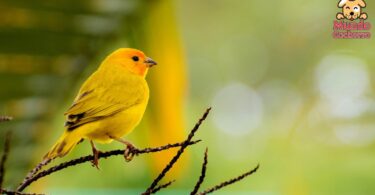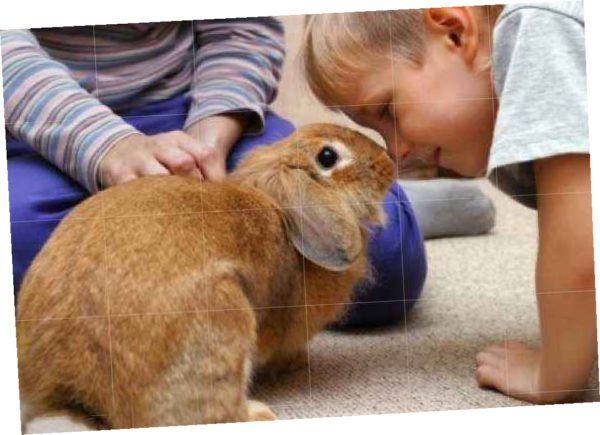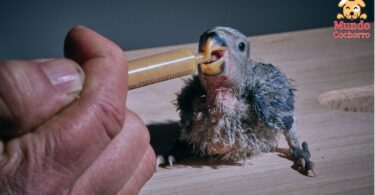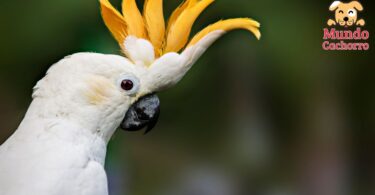Caring for a goldfish in an aquarium can be a rewarding and relaxing experience for any aquarium hobbyist. Goldfish are prized for their beauty and calm demeanor, but require specific care to ensure their long-term health and well-being. Here is a detailed guide on how to properly care for these fish.
Indice
Goldfish care guide
Care of goldfish in an aquarium
Aquarium size:
Aquarium size is a critical aspect of maintaining healthy fish.
A minimum of a 20-gallon tank per fish is recommended to provide enough space for them to swim freely and grow properly.
Since goldfish can reach considerable sizes, having a spacious aquarium is crucial for their optimal development.
An adequately spacious environment not only contributes to the physical well-being of the fish, but also prevents a number of potential health problems associated with overcrowding.
This ensures a better quality of life for the fish and a more rewarding and less problematic experience for the keeper.
Filtration and oxygenation:
These fish are capable of generating a significant amount of waste, which can affect water quality. It is essential to have a powerful and efficient filter that keeps the water clean and well oxygenated. A quality filter will remove debris and reduce toxin buildup. Also, consider adding an air pump to improve water oxygenation, especially in larger aquariums.
How to care for goldfish
Water temperature:
Goldfish are cold water fish and prefer temperatures between 18-22°C (65-72°F). It is important if you have a goldfish in an aquarium to keep the temperature stable and avoid sudden changes that may stress the fish. Use a thermometer to monitor the water temperature and adjust the heater as needed during colder months.
Adequate food:
Provides a balanced and varied diet for your fish. You can feed them with specific commercial food for them, such as flakes or quality pellets. They also enjoy cooked vegetables such as peas, zucchini or spinach as part of their diet. Avoid overfeeding and remove uneaten food scraps to maintain water quality.
10 recommendations for creating a fish pond
Monitoring the health of a Goldfish :
It is crucial to regularly observe your fish for any signs of illness or stress.
You should pay particular attention to changes in their behavior, such as abnormal swimming patterns, lack of appetite, or changes in coloration that are dull or less vibrant than usual.
If you notice any of these troubling symptoms or any other abnormalities in the behavior or appearance of your fish, it is essential to consult a fish veterinarian.
This professional will be able to provide an accurate diagnosis and appropriate treatment to ensure the health and well-being of your aquatic fish.
Decoration and environment:
It is essential to provide an enriched environment in the aquarium that includes live plants, rocks and decorations that are safe for the fish. Make sure there are no sharp objects that could harm the fish. Goldfish, in particular, enjoy exploring their environment, so it is essential to provide plenty of places where they can hide and swim freely.
This type of environment not only promotes their physical well-being, but also stimulates their natural behavior, making their aquarium experience as rewarding as possible.
Compatibility with other fish
It is crucial to avoid mixing goldfish with smaller fish species that may compete for food.
Although goldfish are generally peaceful by nature, they have a tendency to be quite gluttonous, which could cause problems with smaller, less competitive feeding companions.
Therefore, it is advisable to keep them with aquarium companions that are similar in size and temperament to avoid conflicts and ensure harmonious coexistence.
In conclusion, caring for a goldfish in an aquarium involves serious commitment and meticulous attention to detail.
Providing a suitable environment, a balanced diet and regular care are essential elements to ensure that your goldfish thrive and enjoy a healthy and fulfilling life in their aquatic environment.







